When an employee leaves, it’s about more than collecting a laptop and wishing them well. A sloppy offboarding process can expose your business to data leaks, compliance risks, and frustrated team members. A smart one protects your systems, captures valuable knowledge, and leaves the door open for future collaboration.
In this guide, you’ll get a step-by-step look at how to handle employee offboarding with confidence from the paperwork and IT access, to the human side of farewells and feedback:
- What is employee offboarding?
- Offboarding vs. onboarding
- Types of employee offboarding
- Why is employee offboarding important?
- How long does offboarding take?
- How to offboard an employee
- Employee offboarding best practices
- The most common offboarding mistakes companies make
- Final thoughts
- FAQ's
Key takeaways
- Offboarding protects data, knowledge, and culture.
- A respectful process reduces risk while leaving a positive impression on departing employees.
- Offboarding applies to everyone: full-time staff, contractors, interns, and seasonal workers.
- Clear communication, knowledge transfer, and secure access removal are essential steps.
- Digital checklists and shared documentation make the process smoother and more consistent
Managing all these moving parts doesn’t have to be messy. Touch Stay keeps your offboarding checklists, policies, and documentation in one place so HR, IT, and managers always know what to do next.
What is employee offboarding?
Employee offboarding is the structured process a company follows when a team member leaves whether through resignation, termination, retirement, or the end of a contract.
Done well, offboarding protects your business, supports your team, and leaves the door open for future collaboration with the departing employee.
The purpose of offboarding
Offboarding serves both operational and human goals. On the operational side, it ensures company property is returned, access to systems is canceled, and responsibilities are handed off.
On the human side, it gives the departing employee a respectful exit, helps maintain morale among remaining staff, and creates space for honest feedback.
Here’s what a typical offboarding process might include:
- Notification and documentation of the departure
- Knowledge transfer and task wrap-up
- Exit interview and feedback collection
- Removal of system access and return of equipment
- Final payroll and benefits processing
- Farewell communication to the team or clients
- Employee offboarding checklist
Skipping or rushing any of these steps can lead to security risks, dropped tasks, or damaged relationships.

Offboarding isn’t just for full-time employees
While most people associate offboarding with permanent staff, it applies to anyone leaving your organization. That includes contractors, seasonal workers, interns, and even temporary employees from staffing agencies.
Each type of departure may require a different level of formality, but the core goals are the same: protect your business, support your team, and leave the relationship on good terms.
For example:
- Contractor offboarding might focus on confirming final deliverables, revoking shared drive access, and setting up final payment.
- Intern offboarding could include a feedback session, a letter of recommendation, and a discussion about future opportunities.
- Seasonal staff offboarding might involve rehire eligibility tracking and storing uniform returns.
Tailoring your offboarding process to the type of worker helps keep it efficient and relevant.
Whether someone is leaving on good terms or not, the offboarding process should be consistent, clear, and respectful.
Offboarding vs. onboarding
Think of onboarding and offboarding as bookends of the employee lifecycle.
| Aspect | Onboarding | Offboarding |
| Goal | Integrate employee into the company | Transition employee out smoothly |
| Focus | Training, culture-building, system setup | Knowledge transfer, system access removal |
| Outcome | Productive, engaged employee | Protected data, positive alumni relationship |
Read our guide to digital onboarding and onboarding experience to see how they connect.
Types of employee offboarding
Employee offboarding isn’t one-size-fits-all. The process can vary depending on why someone is leaving, how long they’ve been with the company, and their role. Understanding the different types of offboarding helps you tailor the experience, protect your organization, and support the departing employee.
Voluntary resignation
This is the most straightforward type of offboarding. An employee gives notice and plans to leave on their own terms. Whether they’re moving to a new role, relocating, or making a career change, the goal here is to part on good terms.
Best practice:
Keep communication open and positive. Acknowledge the employee’s contributions, ask for honest feedback, and offer support during their transition.
Involuntary termination
Involuntary offboarding happens when the company decides to end the employment. This could be due to performance issues, policy violations, or organizational restructuring. These situations often carry more risk and require extra care.
Best practice:
Always document performance issues and disciplinary actions leading up to termination. This protects your company if the decision is later challenged.
Retirement
Retirements can be highly meaningful moments for both the employee and the organization. They often mark the culmination of a long tenure and deep contribution. Your goal should be to honor their service, capture their institutional knowledge, and create a smooth exit.
Best practice:
Use retirement as an opportunity to strengthen company culture. Recognition and thoughtful communication go a long way.
Internal transfers and role changes
Offboarding in this case doesn’t mean the employee is leaving the company, but their current role is ending, and a transition still needs to happen. The focus should be on keeping the experience smooth, avoiding disruption, and supporting the employee’s success in their new role.
Best practice: Treat internal transfers with the same structure as external offboarding: document responsibilities, reassign tasks, and communicate the change to colleagues. Coordinate with the receiving team to make the onboarding into the new role seamless.
Each type of offboarding has its own nuances, but they all share a common goal: to protect the company while treating the employee with respect.
Why is employee offboarding important?
Employee offboarding often gets less attention than onboarding, but it plays a key role in protecting your business, preserving your culture, and maintaining a smooth operational flow.
It protects your company’s data and systems
When an employee leaves, especially in roles with access to sensitive systems or customer information, you need a clear plan to revoke access. Without it, you risk data leaks, compliance issues, or even intentional sabotage.
In fact, 20% of companies with bad offboarding procedures have experienced security breaches from former employees.
It supports smoother transitions and knowledge transfer
Departing employees often hold valuable knowledge about workflows, clients, or internal processes. If you don’t capture that before they leave, your team could spend weeks scrambling to fill the gaps.
It leaves a positive final impression
The way someone leaves your company matters. A respectful offboarding process shows employees, both past and present, that you value people, not just output. That can influence future hiring, brand reputation, and even customer relationships.
The proof is in the numbers: 89% of employees who had a positive, personalized offboarding are more likely to recommend their former employer.
A thoughtful offboarding process doesn’t just close the loop. It protects your business, supports your team, and strengthens your reputation.
How long does offboarding take?
Some offboarding timelines wrap up in a day, while others stretch over several weeks. Why? Because offboarding isn’t a single task, it’s a series of steps that vary based on the employee’s role, the reason for their departure, and your internal processes.
The key is to balance speed with thoroughness so you protect your business, support your team, and leave the departing employee with a positive final impression.
Let’s look closer at what affects offboarding timelines, how long each phase typically takes, and how to plan for different scenarios.
Factors that influence the offboarding timeline
There’s no one-size-fits-all answer to how long offboarding takes. A few variables can speed things up or slow them down:
- Type of departure: Voluntary resignations with notice allow for a more structured process. Involuntary exits or immediate terminations often require a compressed timeline.
- Role complexity: Offboarding a senior executive with access to multiple systems and responsibilities takes longer than offboarding a part-time intern.
- Company size and structure: Smaller teams may move faster with fewer stakeholders involved. Larger organizations often require coordination across departments.
- Compliance requirements: If you’re in a regulated industry, you may need to follow specific offboarding procedures that add time.
For instance, offboarding a customer support agent might take two to three days, while a software engineer with admin-level access to infrastructure could take two weeks or more.
Typical offboarding timeline by phase
Here’s a breakdown of how long each part of the offboarding process usually takes:
| Offboarding phase | Estimated duration |
| Exit announcement and planning | 1-2 days |
| Knowledge transfer and documentation | 3-10 days (varies by role) |
| IT and systems access removal | Same day (or immediate) |
| Exit interview and feedback | 30-60 minutes |
| Final payroll and benefits wrap-up | 3-5 business days |
| Equipment return and asset recovery | 1-3 days |
These steps may overlap depending on how you manage the process. To save time, you might start knowledge transfer while scheduling the exit interview, or combine the interview with the equipment return.
How to offboard an employee
Whether someone is retiring, resigning, or being let go, a clear process keeps risk low and your reputation solid.
Here’s a simple step-by-step way to do it right.
Start with clear communication
The offboarding process begins the moment an employee gives notice or is informed of their departure. Clear, respectful communication sets the tone for everything that follows.
- Acknowledge the departure in writing. Confirm the last working day, reason for departure (if appropriate), and outline next steps.
- Schedule a handover meeting. Use this time to discuss ongoing projects, document key responsibilities, and identify who will take over tasks.
- Inform relevant teams. Let HR, IT, payroll, and direct teammates know about the departure so they can prepare accordingly.
Handle logistics and access
This is where many companies drop the ball. A missed step here can lead to data breaches, compliance issues, or confusion.
- Reclaim company assets. Create a checklist of all equipment to return: laptops, phones, ID badges, credit cards, etc.
- Revoke system access. Coordinate with IT to disable logins, email accounts, and third-party tools on the employee’s last day.
- Wrap up payroll and benefits. Finalize unused PTO payouts, update benefits status, and share COBRA or retirement plan info as needed.
Use a shared checklist to track these tasks. Google Sheets or a tool like Notion can help HR and IT teams stay aligned during the offboarding window.
Capture feedback and leave on good terms
The end of employment is a chance to learn. Exit interviews and thoughtful goodbyes can surface useful feedback and preserve relationships.
- Conduct an exit interview. Ask open-ended questions about the employee’s experience, what could be improved, and what they appreciated.
- Thank them publicly (when appropriate). A short Slack message or team meeting shoutout can go a long way in showing appreciation.
- Stay connected. Invite them to alumni groups or keep them on a newsletter list if relevant. Former employees can become future clients, partners, or rehires.
For instance, if a developer leaves on good terms, you might add them to a private alumni Slack channel where you share job openings, product updates, or networking events.
Make offboarding easier for everyone by keeping everything in one place. With TouchStay, you can store checklists, digital policies, and process documentation in a single, accessible hub, so HR, IT, and managers always know what to do next.
A structured offboarding process both protects your business and signals respect for the person leaving. That respect can ripple out to your current team and future hires.
How to speed up offboarding without cutting corners
Offboarding doesn’t need to drag out. With the right systems in place, you can move quickly and still cover everything that matters.
Here are a few tips to streamline the process:
- Use a standardized checklist: A shared checklist keeps everyone aligned and reduces the chance of missed steps. It also speeds up coordination between HR, IT, and team leads.
- Automate where possible: Tools like identity and access management (IAM) systems can automatically revoke system access when someone leaves. Payroll software can handle final payments and benefits notices.
- Prepare templates in advance: Have templates ready for exit emails, asset return forms, and exit interviews. This cuts down on admin time and keeps communication consistent.
- Start planning early: As soon as you receive notice, schedule key offboarding tasks. Don’t wait until the last day to start removing access or collecting equipment.
A clear, repeatable process makes offboarding faster and less stressful for everyone involved.
Employee offboarding best practices
Offboarding isn’t just an administrative task. It’s your chance to protect data, keep operations running smoothly, and leave a positive final impression. Whether someone leaves voluntarily or not, a consistent approach maintains compliance, preserves knowledge, and supports team morale.
Here are 10 best practices to make your offboarding process thoughtful and efficient:
Standardize your offboarding process
Create a documented workflow with a clear timeline, assigned responsibilities, and a task checklist. This reduces the risk of missed steps and ensures a consistent experience for every employee.
Document all steps in a digital guide
Store your process in a central hub like TouchStay so HR, IT, and managers can follow the same playbook every time. Automate reminders through your HR system when possible.
Conduct thorough exit interviews
Use structured interviews or surveys to gather feedback on management, culture, and workflows. Look for patterns that might improve retention for current employees.
Remove access quickly and securely
Coordinate with IT to revoke system permissions, collect company devices, and remove physical access on or before the employee’s last day.
Provide transparency and clear communication
Be honest and respectful when sharing timelines and next steps. Communicate the departure to teammates and, if relevant, to clients or partners to keep relationships strong.
Recognize employee contributions
Thank the employee for their work, even if the departure is difficult. A positive send-off leaves a lasting impression and encourages goodwill.
Maintain compliance with legal requirements
Make sure payroll, benefits, tax forms, and documentation meet local labor laws. Doing so protects your company from disputes or penalties later.
Facilitate smooth knowledge transfer
Host a handover session, capture processes in writing or screen recordings, and make sure nothing critical leaves with the employee.
Stay connected through alumni networks
Offer a way for former employees to stay in touch, like through a LinkedIn group, newsletter, or alumni program. This keeps the door open for referrals or future rehires.
Integrate offboarding with your onboarding software
Close the loop by managing offboarding in the same system you use for onboarding. This keeps records organized and creates a full picture of the employee lifecycle.
Read our guide to employee onboarding software for a review of the best tools on the market.
The most common offboarding mistakes companies make
Even with the best intentions, offboarding can go wrong if steps are rushed or skipped. These are the five mistakes we see most often and how to avoid them.
Not revoking system access on time
Failing to remove access from email, file storage, and third-party tools can create confusion and security risks.
Fix it: Maintain a system access checklist for each role and coordinate with IT to revoke permissions on the employee’s last day.
Skipping exit interviews
Exit interviews aren’t just a formality; they reveal why employees leave and where you can improve retention.
Fix it: Ask open-ended questions like “What would have made you stay?” and share patterns with leadership to drive change.
Failing to communicate departures internally
When teams don’t know someone has left, projects stall and morale dips.
Fix it: Send a short, professional announcement that outlines timing, coverage plans, and who to contact going forward.
Overlooking compliance and documentation
Missing paperwork or late payroll can cause legal headaches later.
Fix it: Follow a documented process for benefits, final pay, and any country-specific labor law requirements.
Treating offboarding as a low priority
Rushed offboarding can lead to missed steps, lost knowledge, and a poor final impression.
Fix it: Give offboarding the same structure and attention as onboarding – with clear timelines, assigned owners, and follow-up.
Avoiding these common mistakes makes your offboarding process smoother and more respectful for everyone involved.
Employee offboarding checklist
A structured offboarding process helps protect your business, supports departing employees, and keeps your team running smoothly. From retirement to resignation to termination, a clear checklist keeps the process organized and mistake-free.
Prepare documentation and internal communications
Start by organizing all the paperwork and internal steps needed before the employee’s final day. This includes both legal and operational items:
- Create a termination letter or resignation acknowledgment, depending on the situation.
- Review the employment contract for notice periods, benefits, and non-disclosure clauses.
- Collect signed documents, such as exit agreements, NDAs, or final pay confirmations.
- Notify relevant departments, like HR, payroll, IT, and facilities, so they can prepare their parts of the offboarding.
Set a timeline for these steps. For example, if an employee gives two weeks’ notice, aim to complete documentation and internal prep within the first three days.
Recover company assets and revoke access
Security and asset recovery are often where things slip. Make sure you have a clear list of what the employee has and what needs to be returned or disabled.
- Hardware: Laptops, monitors, phones, ID badges, keys, access cards.
- Software and systems: Email, file storage, CRM tools, project management platforms.
- Third-party accounts: Slack, Zoom, Dropbox, or any tools tied to their role.
Use a shared offboarding tracker or checklist tool to mark each item as it's completed. For example, IT can confirm when email access is revoked, while office management checks off returned equipment.
If the employee worked remotely, provide clear instructions for shipping items back. Include prepaid labels and deadlines to avoid delays.
Conduct exit interviews and knowledge transfer
Exit interviews are a chance to learn what’s working and what’s not. Schedule a 30-45 minute conversation with HR or a neutral manager. Ask open-ended questions like:
- What did you enjoy most about your role?
- What made you decide to leave?
- What could we improve for future employees?
Document the responses and look for patterns over time. If multiple people cite unclear expectations or a lack of growth opportunities, those are areas to address.
Alongside the exit interview, plan for a knowledge transfer. This could include:
- A shared document outlining current projects, deadlines, and contacts.
- A walkthrough meeting with their replacement or team lead.
- Recording short videos explaining key workflows or tools.
Don’t wait until the final day!Start this process early so nothing gets lost in the handoff.
Once you’ve completed all these steps, you’ll have created an offboarding process that is as smooth as possible, with all of the right pieces in place for both your former employee and your business to move forward.
Final thoughts
Offboarding isn’t just the last box to tick when someone leaves. It’s your final opportunity to protect sensitive data, hand off critical work, and show employees both past and present that people matter in your company.
The right process leaves no loose ends, no awkward moments, and no lost knowledge. Touch Stay makes it easy to store checklists, policies, and documentation in one digital hub so HR, IT, and managers always know what to do next.
No scrambling, no guesswork, just a smooth, respectful transition.
FAQ's
Yes. Without one, you risk data leaks, compliance issues, and frustrated teams. A clear checklist makes the process smoother for everyone.
HR typically owns the process, but it’s a team effort. IT handles access and equipment, managers lead the handover, and payroll finalizes pay and benefits.
It depends. A part-time intern might be wrapped up in a day, while a senior manager with system access could take weeks. The key is balancing speed with thoroughness.
Absolutely. Anyone with access to your systems, data, or equipment should be offboarded whether they’re full-time, temporary, or seasonal.
Yes. A respectful, well-communicated process reassures remaining employees, reduces gossip, and leaves former staff with a lasting positive impression.

Laura Clayton
Laura Clayton is a copywriter with a BA in fiction writing from Columbia College Chicago. From holding a position as a background investigator retained by the United States government, to teaching English, and writing about real estate, Laura has a diverse and varied background. She has been writing for SaaS companies since 2019 in a wide range of industries.
Be the first to know!
Join our newsletter for early access to:
- ✅ Free guides
- ✅ Pro tips & tricks
- ✅ Time saving tutorials
- ✅ Latest blog posts
- ✅ Checklists & templates

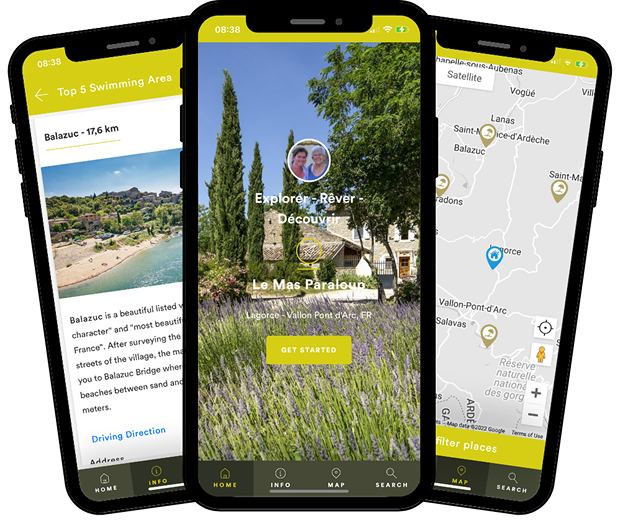






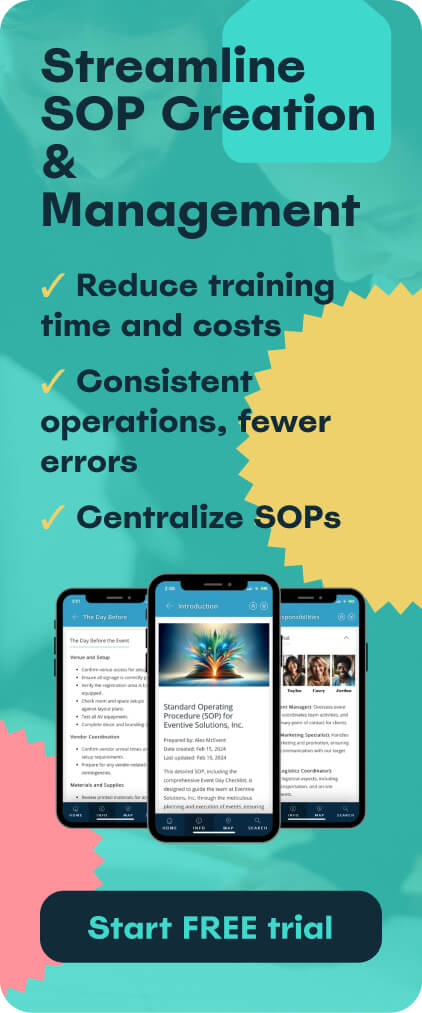
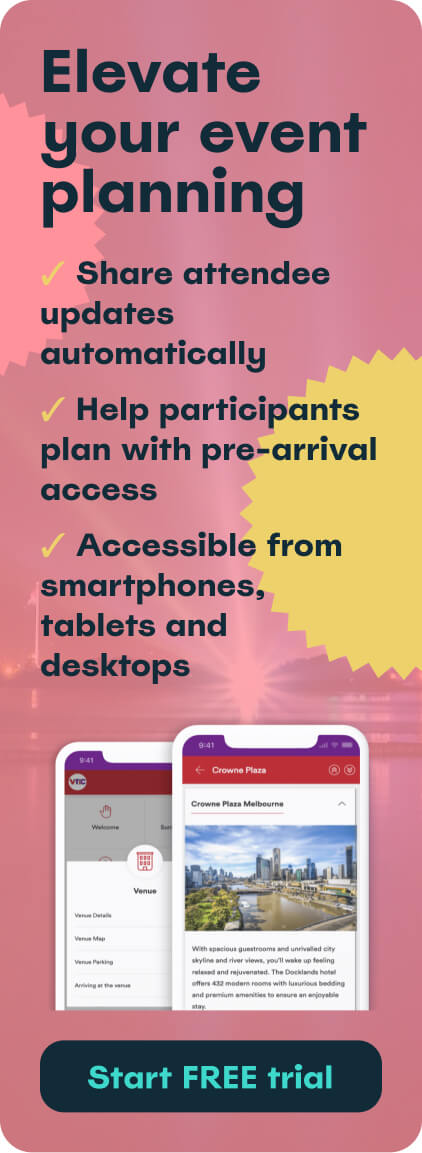

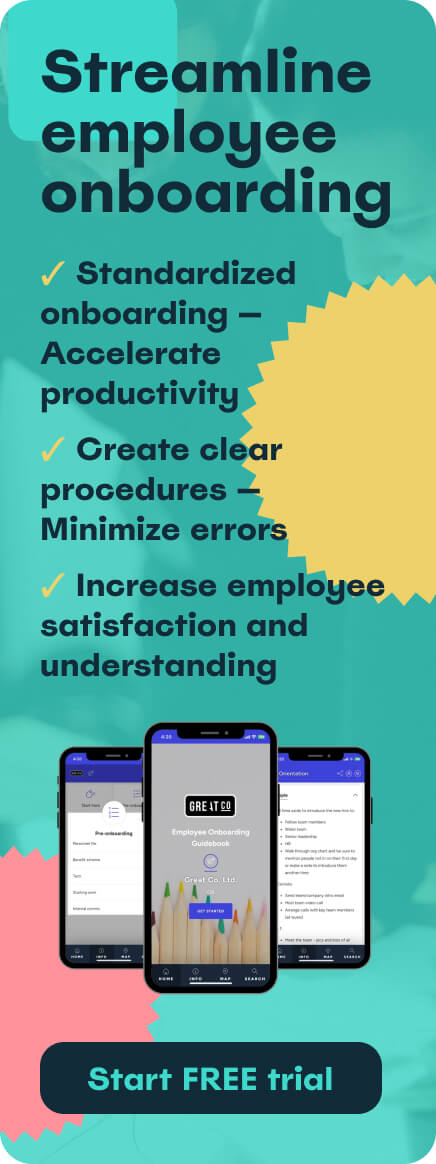
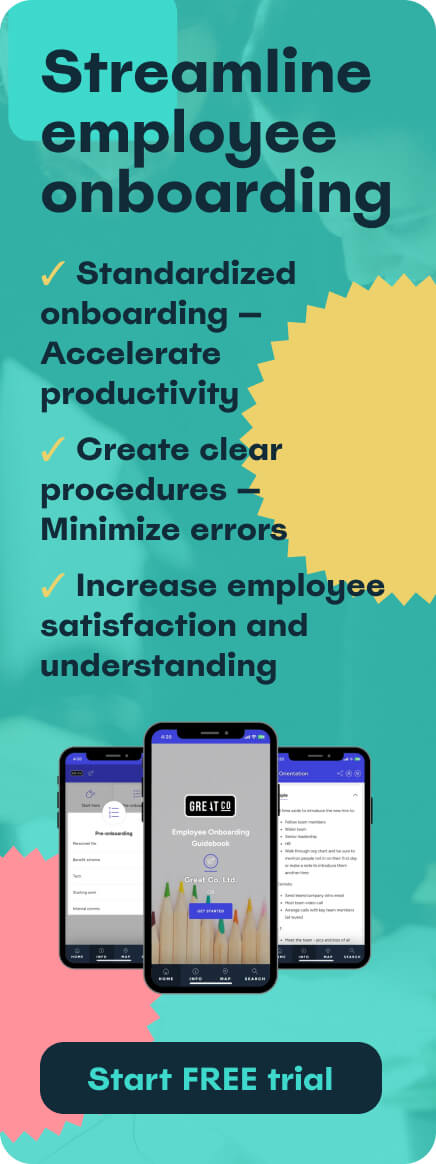


.webp?width=50)